I first travelled into Bohemia thanks to the Czech composer Bedrich Smetana. One of his masterpieces, The Moldau – other name of the Vltava River, was been one of my favourite pieces of classical music during my teenage years. Smetana’s romantic music depicts beautifully the course of the Vltava River through Bohemia.
Vltava River
Often referred to as the Czech national river, the Vltava River is the longest water stream within the Czech Republic, running southeast along the Bohemian Forest and then north across Bohemia to reach Prague before merging with the Elbe.
Vltava name derives from old German words meaning “wild water”. Although the etymology does not match with Smetana’s serene musical work, it reminds us that the quiet river is capable of severe floods, as lately in 2002.
Travelling the world since years, I have paradoxically so far not visited many places in Europe. With some time to rest in the Old Continent, I remember my fondness for the serene Moldau and decide to head to Bohemia in Czech Republic.
Bohemia is named after the Boii, a Celtic nation at the time of the Roman Antiquity. Some of them settled in northern Italy, others in modern-day Switzerland and southern France. Bohemia becomes a kingdom in the Holy Roman Empire in the 13th century and subsequently a province in the Habsburgs’ Austrian Empire in the 16th century.
Sailing downstream on the Vltava River, I halt first in Cesky Krumlov in southern Bohemia.
Český Krumlov
Smetana has probably composed his Moldau in Cesky Krumlov. The river’s water form there a lazy horseshoe meander to pursue the journey north toward Prague. No wonder that the name Krumlov means “crooked meadow” in old German dialect.
Often called “Little Prague”, Cesky Krumlov is stunningly charming. The old town sits within a 300° bend of the river, with the old Latrán neighborhood and castle on the other side of the Vltava. Most of the old town and castle dates from the 14th through 17th centuries, built in Gothic, Renaissance and Baroque styles.
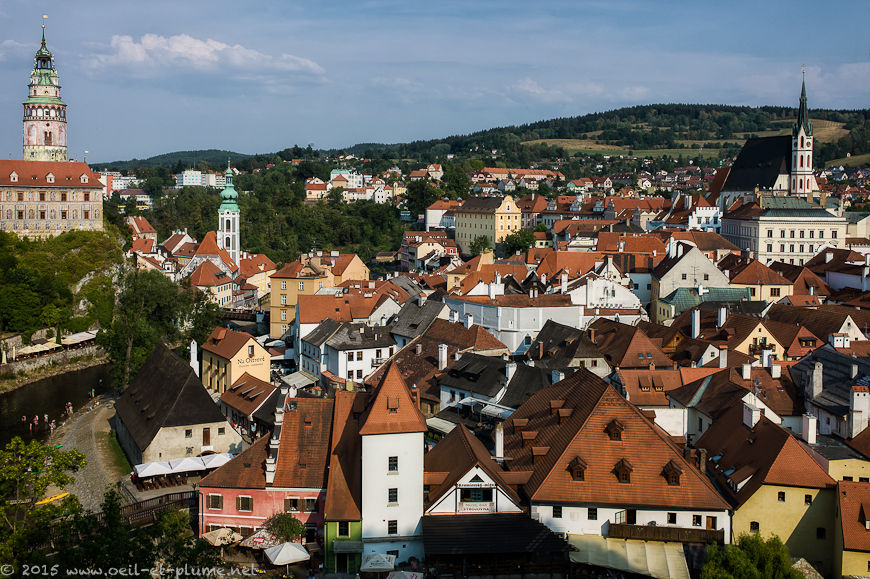
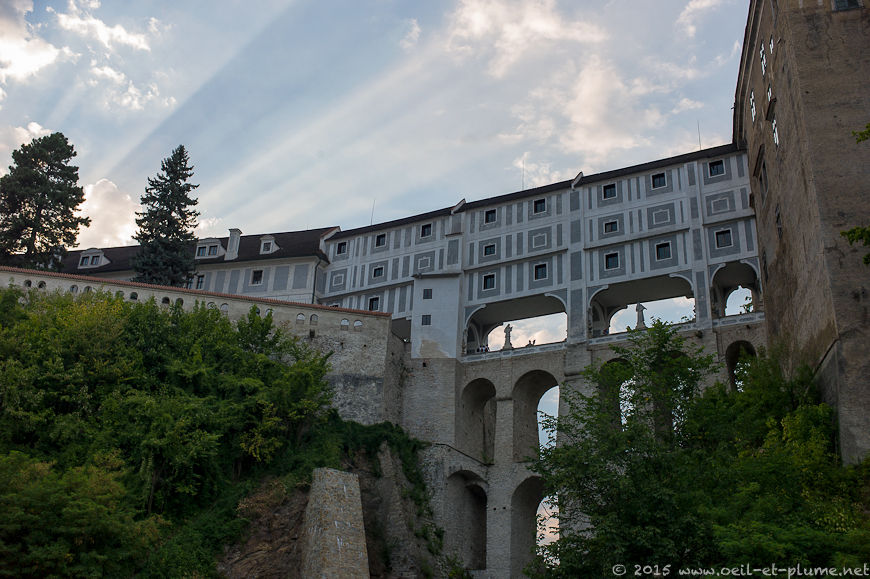
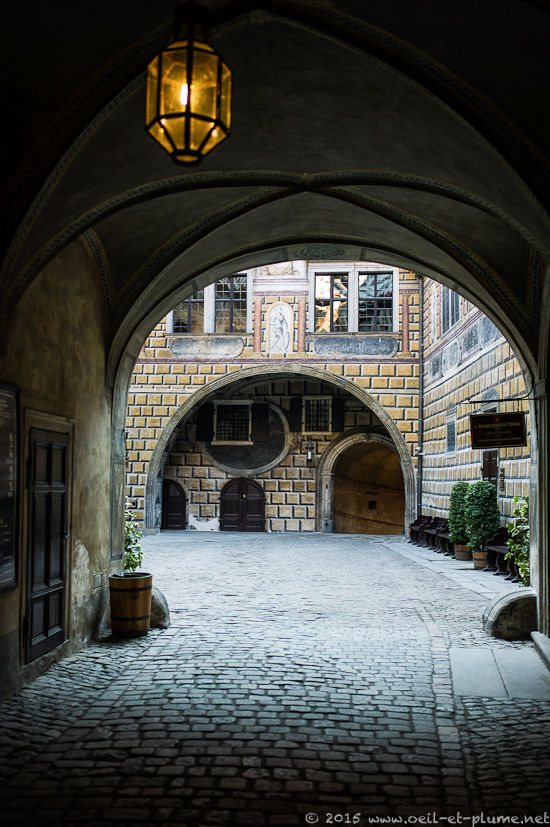
Cesky Krumlov’s Rosenberg rulers greatly contribute to the development of the castle and the town between the 14th and 16th centuries, with a correlated boost in local craft and trade. In the 20th century, Krumlov falls into disrepair during the socialist rule. Since the Velvet Revolution of 1989, the historical town has gone through extensive restoration.
The castle complex constitutes a town within the town, owing also to a bold bridge to extend into a large rococo garden. The complex includes a Baroque court theatre built in the 17th century.
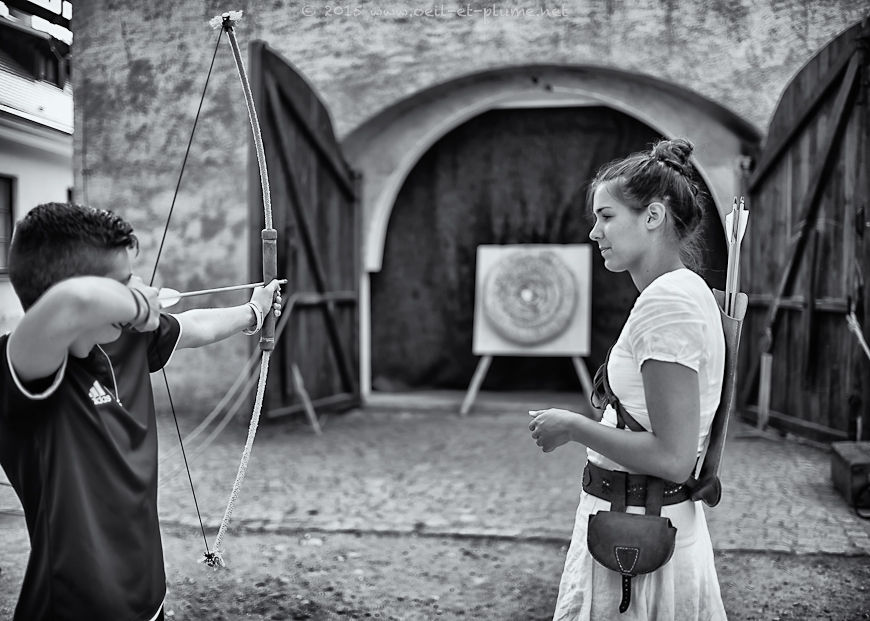
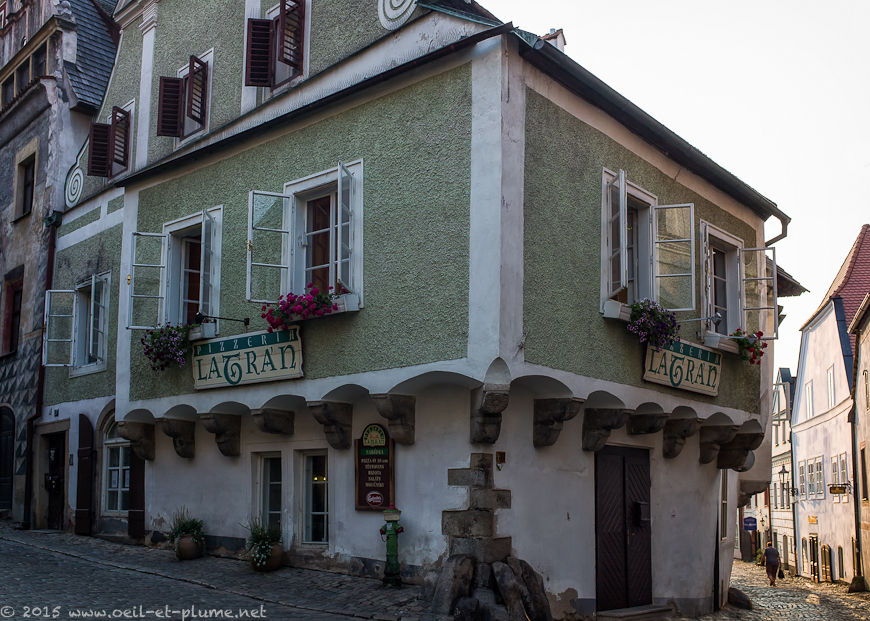

I am neither the first nor the only visitor in Cesky Krumlov during my short stay. Summer is quite a busy touristic period in fact. Having not booked any accommodation, I avoid sleeping under a bridge only thanks to the last-minute cancellation of a Chinese couple fearing the summer heat.
I rapidly feel that Cesky Krumlov does not suit well to my street, portrait and travel photography. Spaces are too tight and spaces, historical architecture is too much polished, local residents too busy providing tourism services to meet my photographic expectations. As the Vltava River, I rest in the charming crooked meadow.
The visit to a local photography museum sets me back to the right track. I don’t resist documenting the visitors’ overwhelming fondness for self-portraiture (selfies), which often confines to narcissism in my taste.

The endeavour disconfirms the common belief that people’s fondness for selfies would be typical of the digital age. No, it existed long before… The photographic work provides me a convincing answer to the nagging and existential question: Who is the most beautiful? Mona Lisa is Krumlov’s first choice.

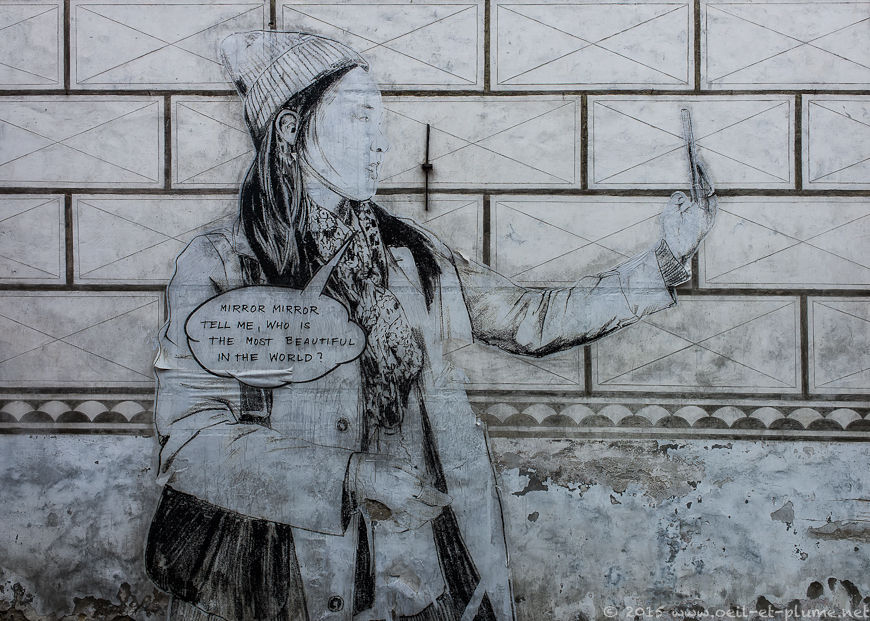

My last evening in Cesky Krumlov pays homage to the Moldau, before embarking nightly to Prague, the historical capital of Bohemia.
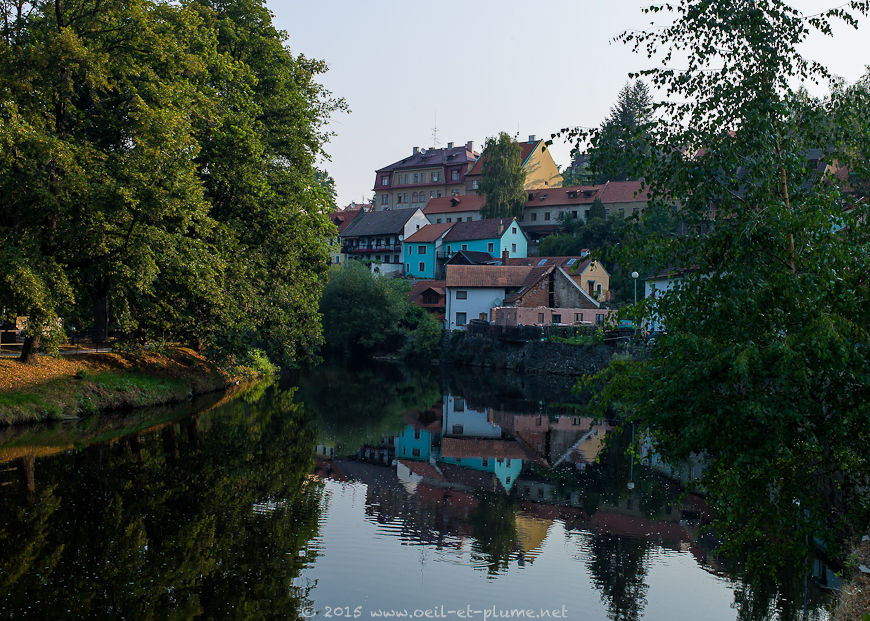
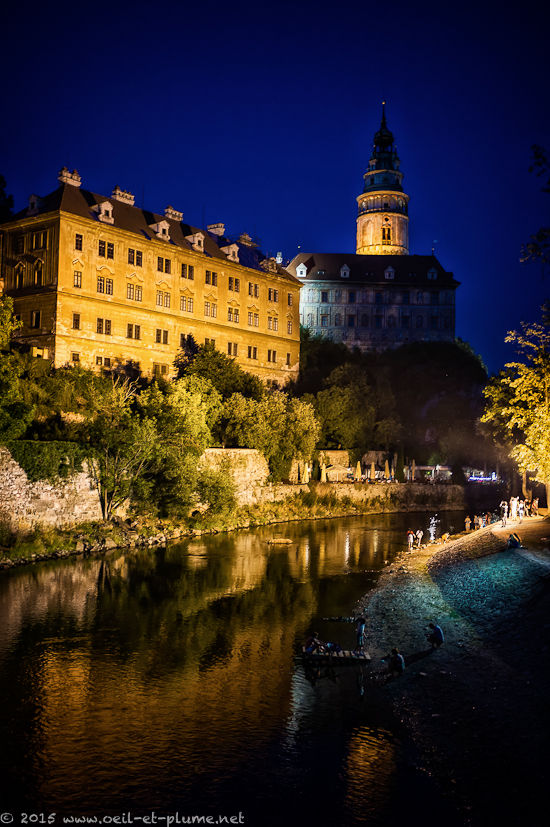
Prague
With over four million visitors yearly, Prague is not to be presented here. My Vltava River crosses the town in a more resolute manner than Cezky Krumlov in southern Bohemia. No less than 18 bridges, including the famous Charles Bridge, connect the various neighbourhoods of the Bohemian capital.
Legend has it that Vysehrad – ’castle on the rock’ – was the royal seat of Queen Libuse of Bohemia, the mythic matriarch who founds the pre-Christian dynasty of Bohemian Kings and serves as her prophetess and tribal judge. From the rocky cliff of Vysehrad, high above the Vltava River, Queen Libuse envisions ‘a great city whose glory will touch the stars’. Consequently, she orders to build a castle and to begin settling the town that would become the dazzling capital, Prague.

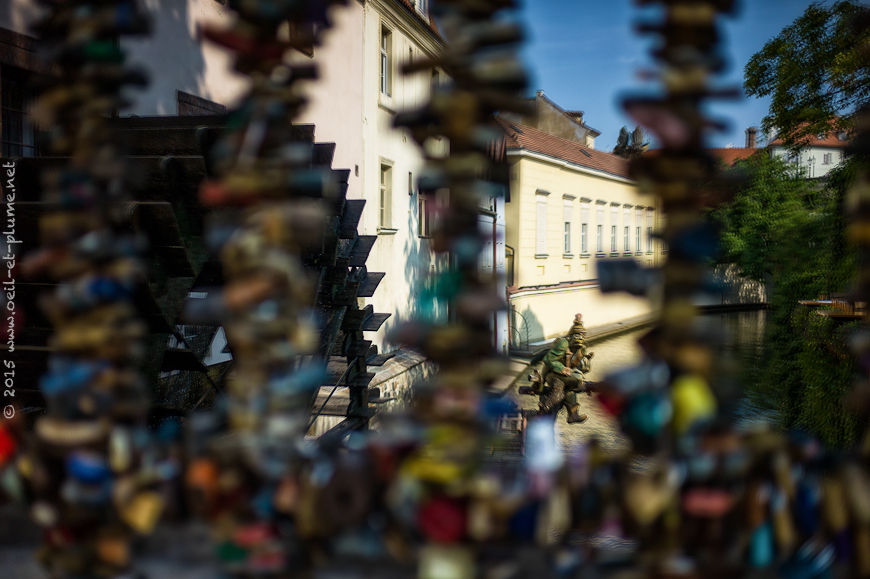


No surprise, Prague is very crowded with visitors during my visit. However and unlike Cesky Krumlov, I find easy to avoid the main touristic places and routes, and to document well-known places from usual perspectives. The choice of architectural styles is also so rich that the eye never feels tired of scanning around.

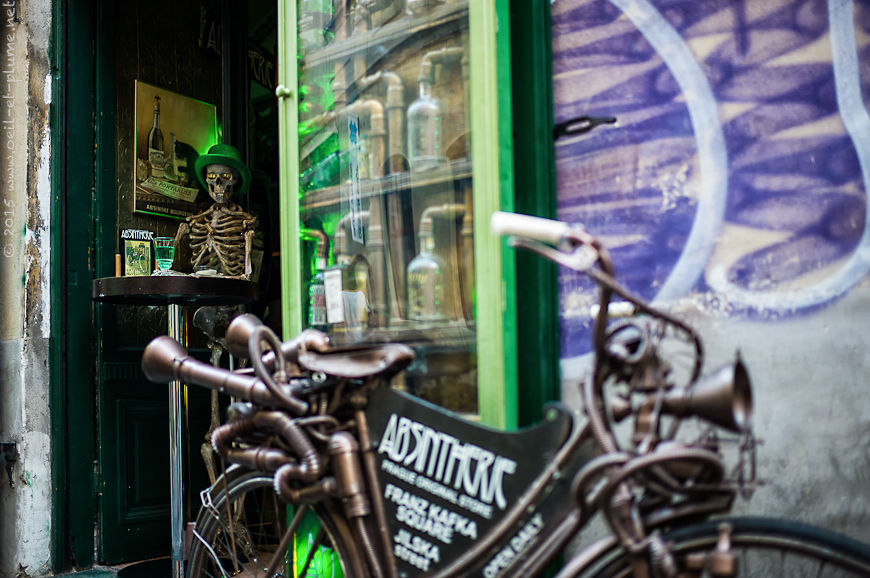
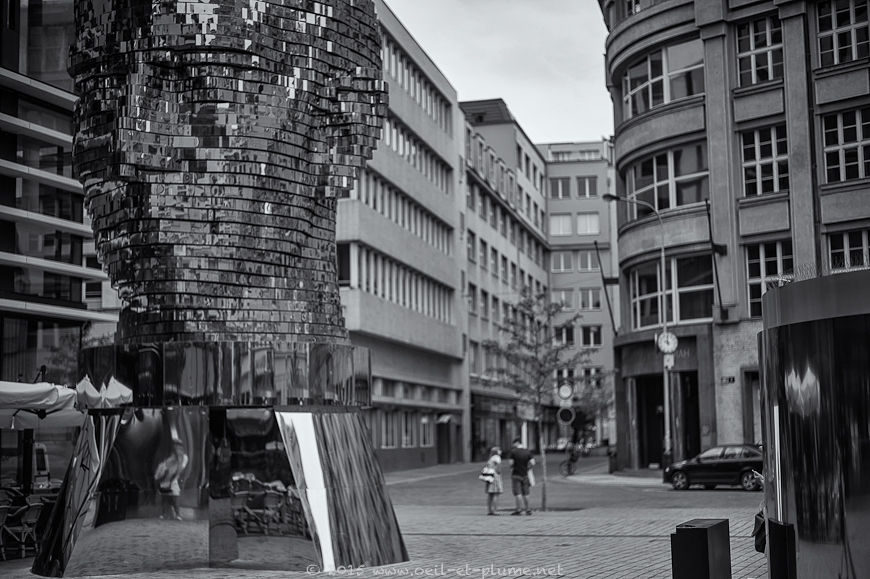
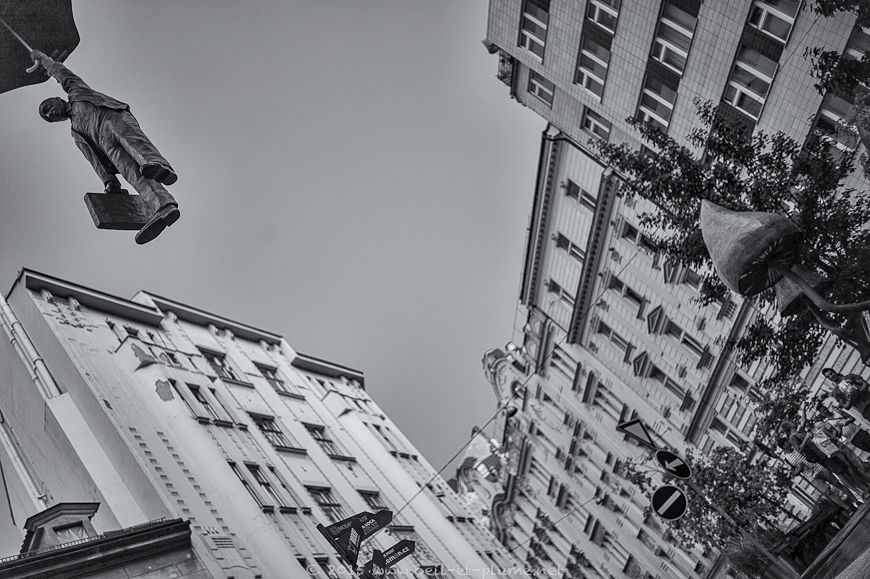
Today is Sunday – my last day in Prague; an ordinary Sunday, it seems to me first. However, nothing is quite ordinary in the Czech capital town as I will soon realise. I leave my hotel to attend the 2015 Prague triathlon organised along the Vltava River.
On my way, various scenes of street life, not to mention an Indian cultural festival, hook me for quite a while.

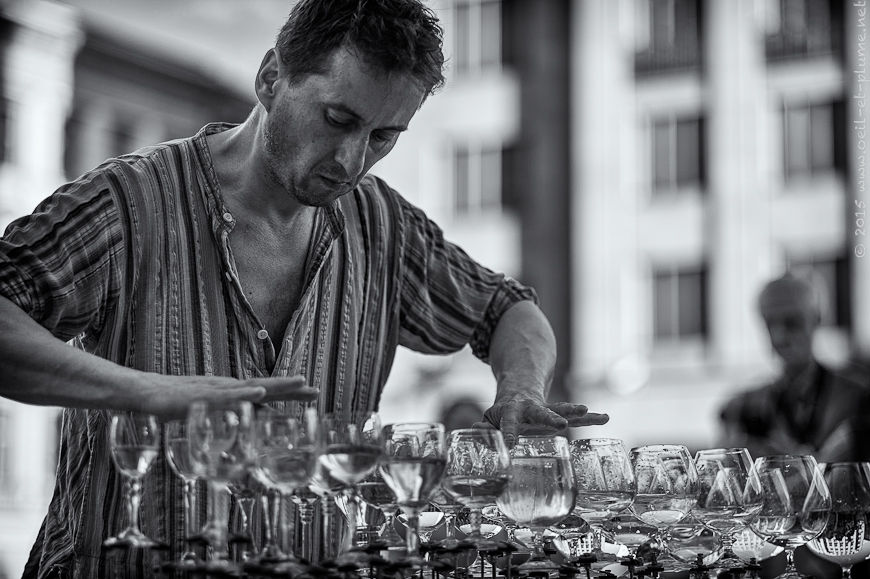
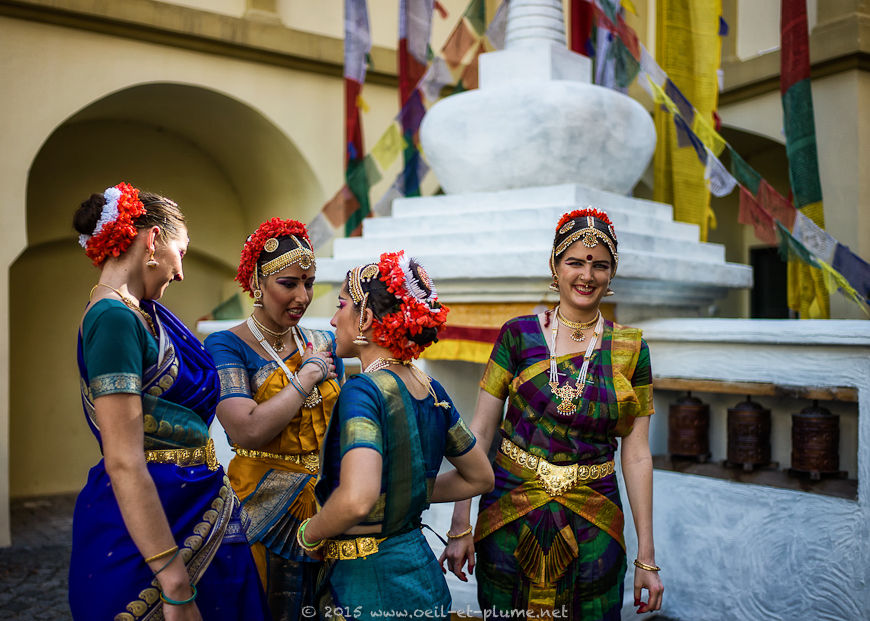

My photographic camera goes on to spot a World-War II German soldier – a Czech extra in a movie shot in a historical neighbourhood near the Vltava River.
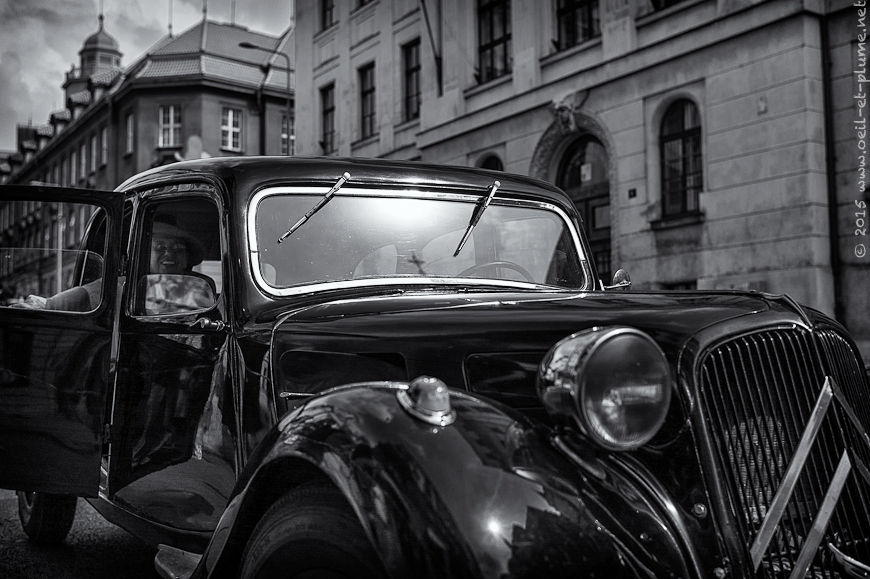

On the riverbank, two-wheel rockets fly at very low altitude with no apparent effort. Other participants in the triathlon have no ambition but to reach destination – a tremendous challenge in itself.

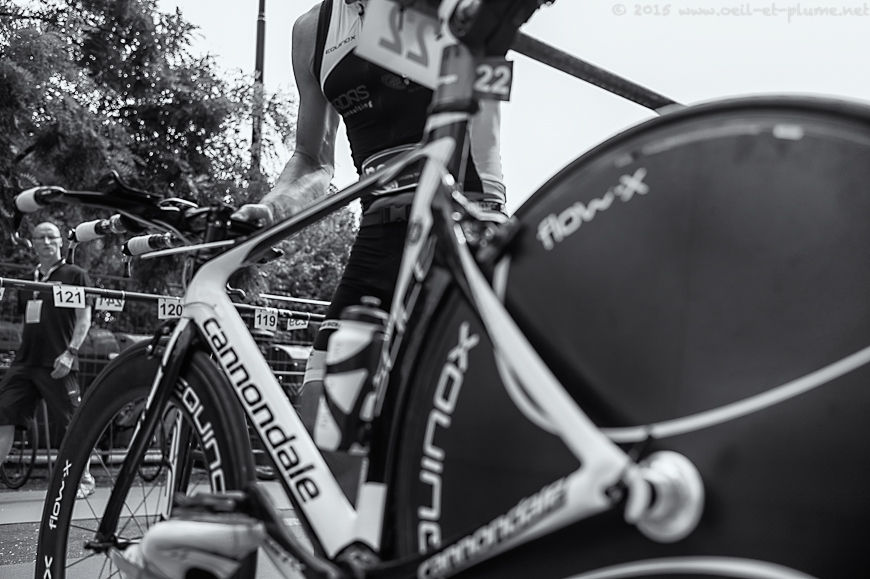
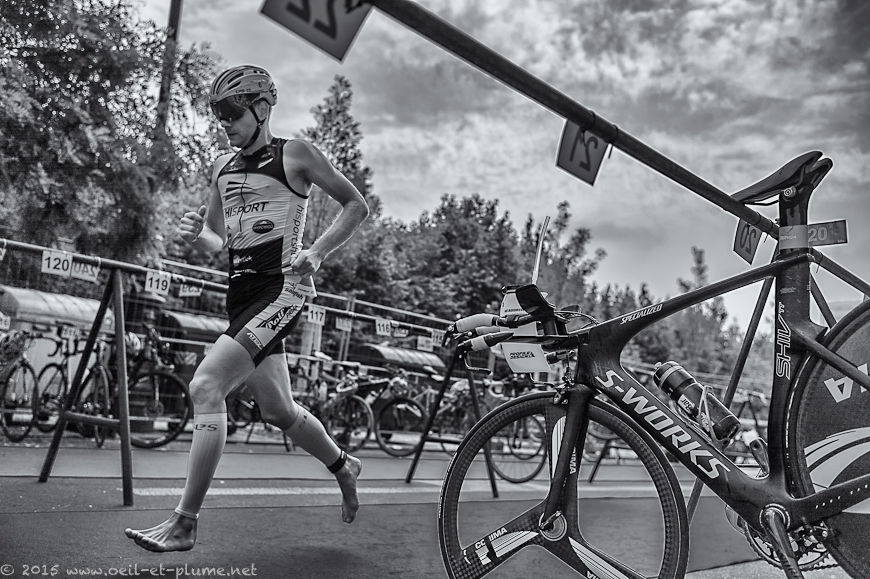

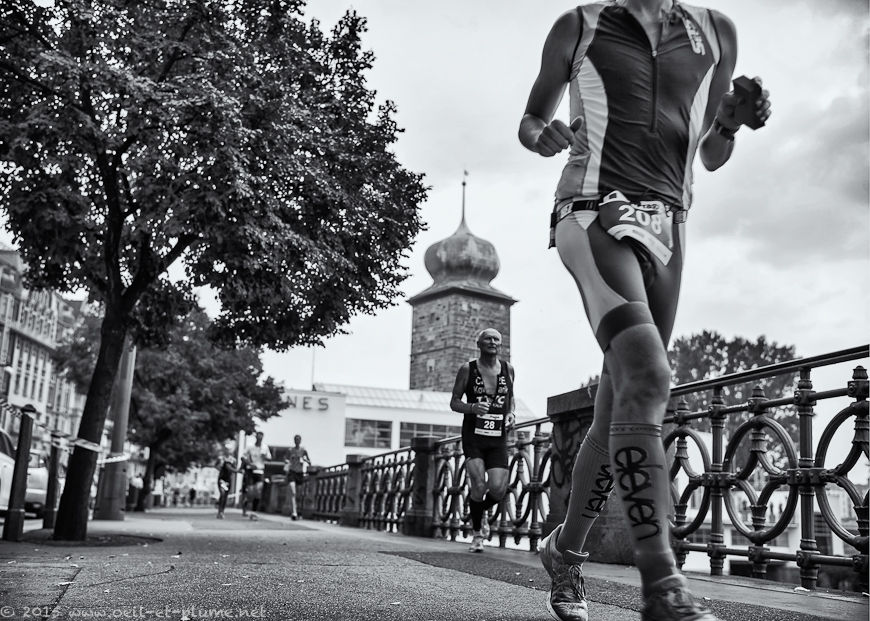
Many other inhabitants of Prague have a more hedonist conception of their leisure days. Unless you would consider that drinking beer constitute the most popular sport activity in Bohemia. It is in a way, although not the most demanding sportive discipline in my view.

I end my Sunday close to the iconic Charles Bridge. Venerable and quiet, the Vltava River is also keen to support innovative water sport activities.


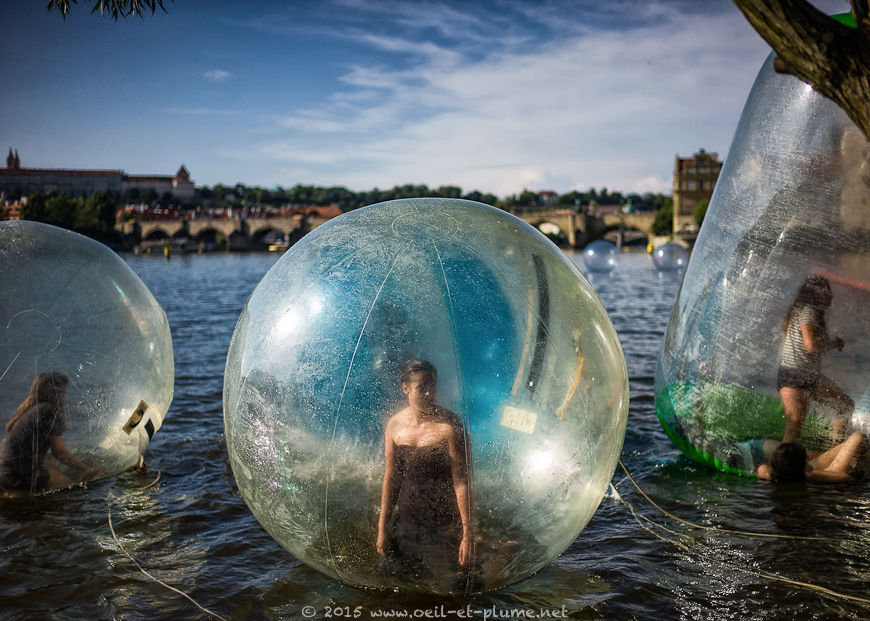
Prague on Sundays mirrors our daily life: full of options in practice, provided some imagination and openess, as well as a fair deal of good will and resilience. We can either stand still or paddle hard to go ahead. We can also choose to lock up in a bubble in a contemplative or incense attitude. Which way is yours?
If you need serenity to define your way forward, just listen to Smetana’s Moldau.
Cheers,